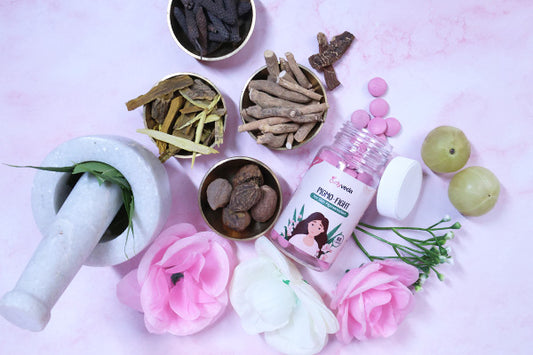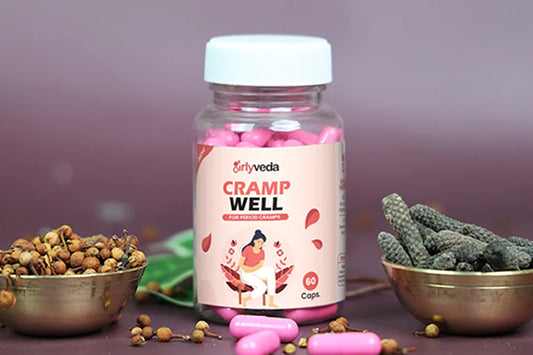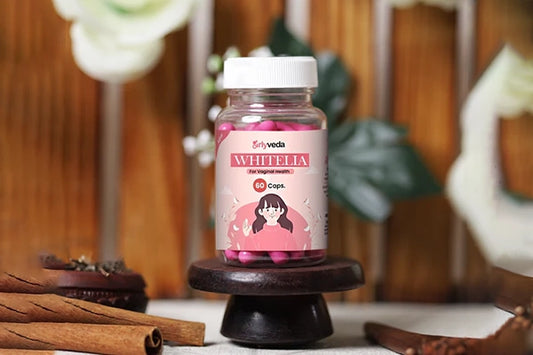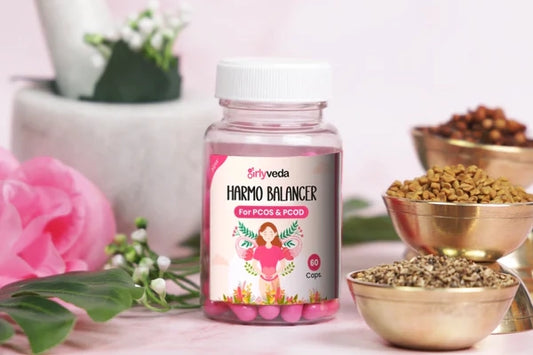4 Types of Pigmentation and How to Treat them

As a common skin problem, pigmentation results as dark spots, skin discolouration, or uneven skin tone. It affects millions of young people across the globe. Some types of pigmentation are harmless while others might be an indication of underlying health issues.
In this post, you will learn about
- What is Pigmentation
- Types of Skin Pigmentation disorders
- Causes and Symptoms of Pigmentation
- How to treat Pigmentation (Scientific study backed treatment options)
What Is Pigmentation?
Pigmentation relates to the skin colouring that melanin determines. Melanin is a pigment that specialised cells, melanocytes, produce. Apart from defining our skin colour, Melanin protects our skin from UV rays by absorbing them.
Minor to mild or major imbalance in melanin production results in hypopigmentation (light or white patches) or hyperpigmentation (dark spots/patches). Several factors are behind this imbalance, and the imbalance leads to different types of skin discolouration.
Types of Skin Pigmentation
Here are some common types of skin pigmentation disorders:
Hyperpigmentation
Hyperpigmentation occurs due to an overproduction of melanin in certain body parts. It results in darker spots or patches. Here are popular types of hyperpigmentation:
- Melasma - Melasma refers to hormonal pigmentation and occurs due to excess to sun rays. It is usually stubborn to treat.
- Post-Inflammatory Hyperpigmentation (PIH) - PIH happens after skin inflammation or injury, which results in eczema, acne, cuts, or burns. The skin produces more melanin in response to it and leaves dark marks.
- Sunspots (Solar Lentigines) - Also acknowledged as liver spots or age spots, these flat, tan to dark brown lesions occur due to cumulative sun exposure and typically appear in highly sun-exposed areas like the face, shoulders, and hands.
Hypopigmentation
Hypopigmentation is the result of a decrease in melanin production and appears as lighter patches on the skin. Its subtypes are as follows:
- Vitiligo - It is an autoimmune disorder and occurs due to the destruction of melanocytes. Vitiligo appears as well-defined, depigmented (milky white) patches. It is often progressive and can affect any part of a human body.
- Albinism - It is a genetic condition in which individuals produce no or little melanin. So, it leads to very light skin, eye, and hair colour, and is highly sensitive to sunlight.
- Pityriasis Alba - This hypopigmentation type is highly common in children and young adults. It appears as dry, pale patches often followed by mild eczema. As benign, it typically resolves on its own.
Post-Inflammatory Erythema (PIE)
Unlike PIH, which involves melanin, post-inflammatory erythema refers to red or pink marks left after inflammation caused by broken capillaries. It is more common in fair-skinned people and often follows trauma or acne.
Depigmentation
Depigmentation is the total loss of pigment in the skin. Vitiligo can lead to depigmentation. However, it can occur due to excess chemical exposure (for instance phenolic compounds) or particular skin treatments (like cryotherapy).
Causes of Hyperpigmentation
Before treating pigmentation like hyperpigmentation, knowing the causes is essential. Here are some common causes of hyperpigmentation:
● Sun exposure - UV radiation, especially in summer, triggers hyperpigmentation. It provokes melanocytes to get highly active, which leads to the overproduction of melanin. No treatment is effective without sun protection.
● Genetics - Particular types of pigmentation like melasma and freckles run in families. Genetic predisposition defines how your skin reacts to sun, inflammation, and hormones.
● Skin inflammation - Eczema, acne, and other inflammatory conditions can lead to PIH (Post-Inflammatory Hyperpigmentation). Prolonged inflammation may cause darker and persistent pigmentation.
● Melasma - It is a separate skin condition. In addition, it is a cause of hyperpigmentation. Menopauses, hormonal fluctuations during pregnancy, or birth control pills can cause over melanin production.
● Certain medical conditions - Particular health issues like liver disease, Addison’s disease, or hemochromatosis might lead to abnormal pigmentation. In such a condition, addressing the root cause is beneficial.
● Drugs - Particular medications like chemotherapy agents, antimalarials, and psychotropics can cause pigmentation changes.
How to Get Rid of Hyperpigmentation

Treating hyperpigmentation closely depends on the types and severity of pigmentation. Here are some common, but effective pigmentation treatment options:
Creams & face wash
Both physical and virtual markets are flooded with several facial creams and face wash. Before selecting one, deeply explore its ingredients. Prefer to one that contains natural ingredients.
Medications
Consuming medicines like Girlyveda’s Anti Pigmentation Capsule is the best option if you are seriously exploring tips on how to remove pigmentation from the face. This capsule contains natural ingredients like Chirata, Dhamasa, Kutki, and Revand Chini.
Cosmetic procedures
Particular cosmetic procedures lighten the skin of the affected areas to lower the appearance of hyperpigmentation. Here are some cosmetic procedures you can try to treat pigmentation:
- Laser therapy
- Chemical peels
- Intense pulsed light
Before going through any of these therapies, talk to an experienced dermatologist to know each detail related to their efficacy.
Home remedies
A 2018 study published in the National Library of Medicine states that certain plants, plant parts, or herbs are effective in treating varied pigmentation types. These home remedies are:
- Green tea
- Aloe vera
- Licorice
Final Words
Pigmentation disorders are multifactorial skin conditions and require personalised care. Identifying the type and cause of pigmentation is crucial for effective treatment whether you have melasma, dark spots, post-acne marks, or sunspots.
Ayurvedic herbs (chirata, kutki, and dhamasa) to cosmetic procedures and creams are available to help treat pigmentation. At Girlyveda, we offer Anti Pigmentation Capsule. Formulated using natural herbs, this Ayurvedic medicine for pigmentation helps lower skin inflammation, remove dark spots & blemishes, and generate new cells. All these lead to flawless, glowing skin.
FAQs
Can I prevent pigmentation?
Yes, you can. However, pigmentation caused by genetics is non-treatable. You cannot prevent it.
How skin pigmentation affects an individual?
It destroys your look and appearance if it occurs on the face, neck, or body parts that you do not usually cover by putting on certain outfits.
Are the types of pigmentation permanent?
No, all pigmentation types are not permanent. PIH or post-inflammatory hyperpigmentation takes time to fade away.
Are the types of skin discolouration fatal?
No, they are not fatal. They just affect your look and appearance if occur on outer body parts.











Thoughts on "4 Types of Pigmentation and How to Treat them"